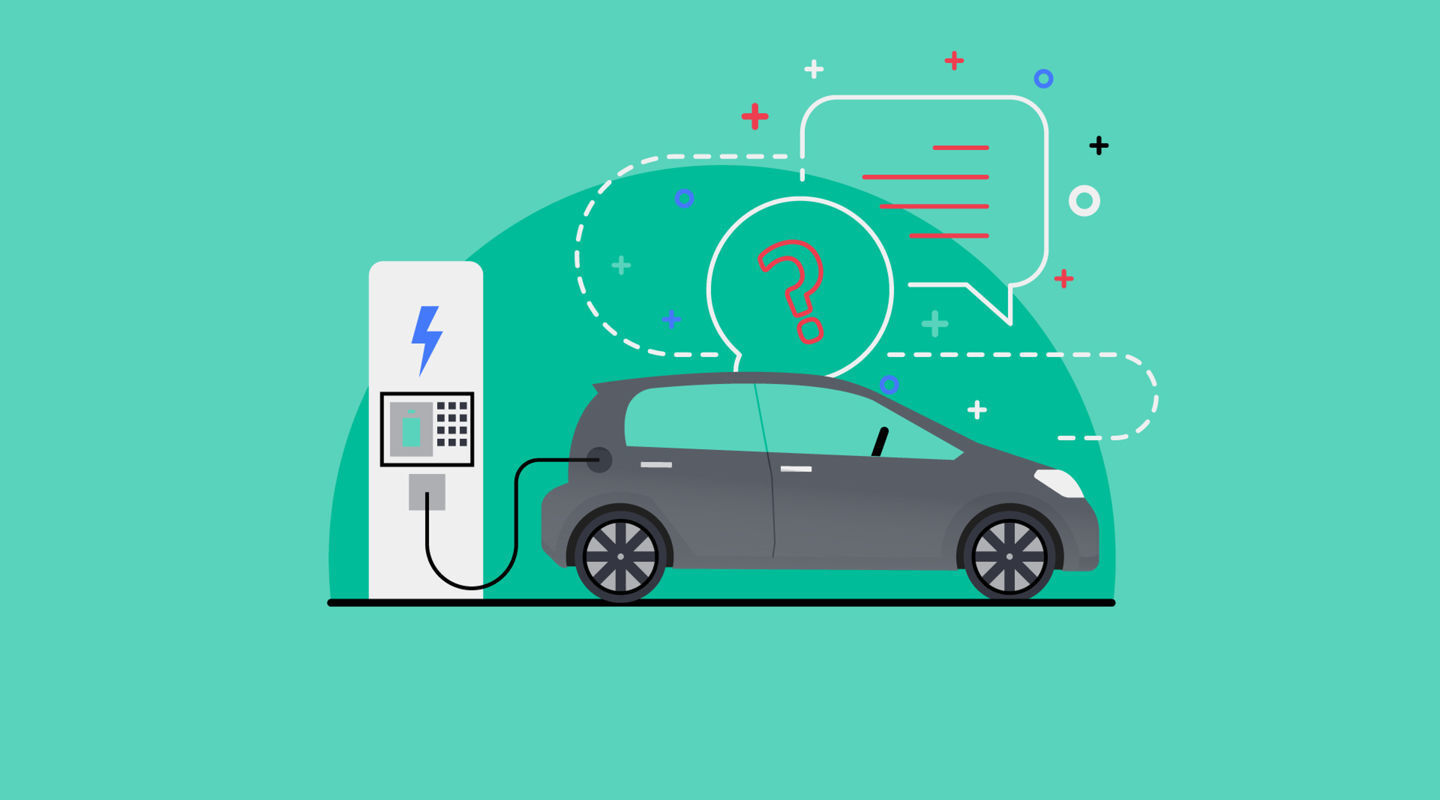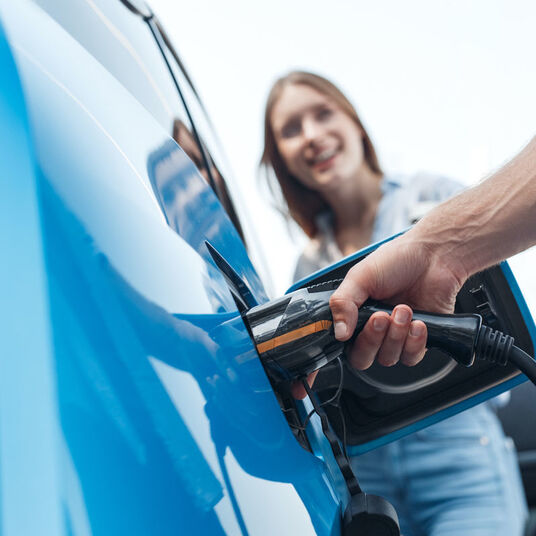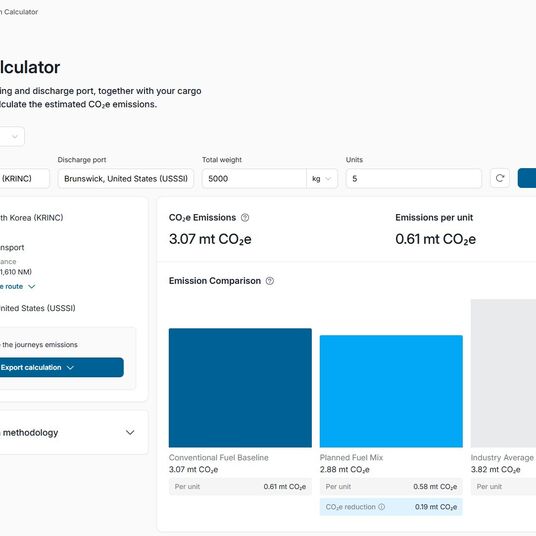Electric vehicles 101: Frequently asked questions
From possible safety hazards to questions about charging infrastructure at terminals, planning a seamless supply chain for your EVs can seem daunting. We have the answers to your electric vehicle logistics questions.

1. My current logistics providers don’t seem to have much experience with EVs. What makes you different?
Wallenius Wilhelmsen has extensive experience transporting and handling electric vehicles, including passenger cars and commercial vans and buses. Over the years, we’ve invested in specially designed infrastructure and extended our pre-delivery inspection and yard management services to support handling of EVs. These services include battery charging, cooling liquid filling, monitoring the charging levels and movement of disabled units.
2. Do I need to fill in any special documents for transporting EVs on RoRo vessels?
New customers need to complete an Alternative Fuel Vehicle questionnaire, which will be shared with you by your Wallenius Wilhelmsen sales contact. During the forecast and booking process, you must inform the shipping line of the EV model and type. If available, you should also provide a rescue card.
3. What condition should the HV batteries be in before overseas transportation?
HV batteries must have a sufficient state of charge (SOC) – with a maximum battery charge of 50%.This also applies to Plug-in Hybrid Electric Vehicles (PHEV). Flat batteries must be avoided in port of load as this might be an indication that the battery and/or its management system is faulty.
Before lithium-ion batteries can be transported, they must have successfully passed pressure, temperature, crush and impact tests. These tests are described in the UN 38.3 code (certificate) for transport of lithium-ion batteries.
If it is required to have a battery charged over 50% ( we can allow up to 70% ) you need to notify your Wallenius Wilhelmsen representative.
4. Is it necessary to cut off the electric power of an EV during ocean transport?
Most EV manufacturers don’t require auxiliary batteries to be disconnected during ocean transport, although auxiliary batteries can be disconnected as an additional service.
In certain cases we have experienced drainage of the 12v battery during ocean transport, which is an indication of a software issue and that the vehicle has not been properly ‘shut down’ after loading.
Our experts review this on a case-by-case basis. The main battery cannot be disconnected by the shipping line staff, but it can be done at our terminal and port processing centres. We have specially certified staff who can perform this service.
5. Do you use heat detection cameras when shipping EVs?
No. EVs don’t pose a higher risk of fire initiation than internal combustion engine vehicles. We won’t ship damaged units as this might trigger thermal runaway.
6. How do you determine if an EV is fit for ocean transport? Is there a standard pre-delivery inspection (PDI)?
The vehicle is acceptable for transit if in clean condition, fully functional, self-propelled, safe to drive, damage free and at the correct charging level. Our experts perform surveys before loading vehicles to record damage in accordance with marine damage standards. Extended PDI services may include battery charging of both the 12v and HV battery, 12v battery swaps and documentation. Vehicles with damaged or defective lithium batteries are not accepted for loading.
7. Are any insurance adjustments required for shipment of EVs?
No. Insurance adjustments are not required for EVs.
8. Are EVs classified as dangerous goods?
Provided the vehicles meet the requirements under special provision 961 they will not be booked as dangerous goods (DG). If, however, they do not meet these requirements they will be classified as DG, even when transported on our vessels, and must be booked in accordance with the IMDG code.
9. Do you train your staff to handle EVs?
Yes. In co-operation with vehicle manufacturers, we train our staff specially to handle electric vehicles.
10. Are there any special firefighting procedures in place for EVs?
No. We have the same firefighting procedures in place for EVs as for the internal combustion engine vehicles we carry.

